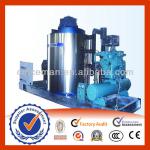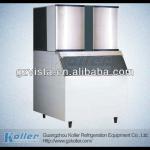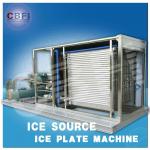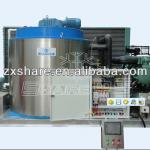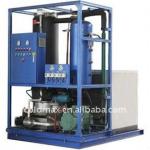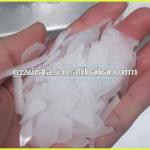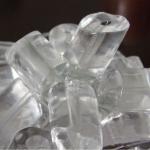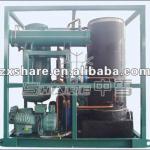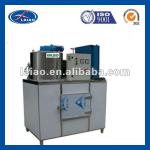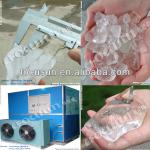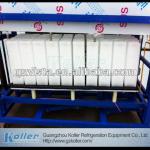Hot sale ice maker machine heavy duty
| Capacity:1T/day | Place of Origin:Guangdong China (Mainland) | Brand Name:Disen | Model Number:DS-SL-1T-29 |
| Ice Shape:Ice Block | Certification:CE | Name:Hot sale ice maker machine heavy duty | Ice reserves:250KG |
| Color:Gray and black | Moq:5 Pcs | Applications:Any country and region | Bin Capacity:500KG |
| Model:SL-1T | Warranty:One year | The largest producing ice volume:1T |
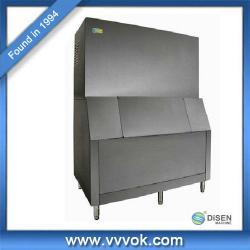
| Product Description |
| Model: SL-1T The largest producing ice volume (24 hours):1T Ice reserves :250KG Bin Capacity :500KG Applications :Any country and region
|
| Product Images |
Hot sale ice maker machine heavy duty Hot sale ice maker machine heavy duty Hot sale ice maker machine heavy duty Hot sale ice maker machine heavy duty Hot sale ice maker machine heavy duty Hot sale ice maker machine heavy duty Other related products |
| Product Related Information |
| An ice maker, ice generator,or ice machine may refer to either a consumer device for making ice, found inside a home freezer; a stand-alone appliance for making ice, or an industrial machine for making ice on a large scale. The term "ice machine" usually refers to the stand-alone appliance. The ice generator is the part of the ice machine that actually produces the ice. This would include the evaporator and any associated drives/controls/subframe that are directly involved with making and ejecting the ice into storage. When most people refer to an ice generator, they mean this ice making subsystem alone, minus refrigeration. An ice machine, however, particularly if described as 'packaged' would typically be a complete machine including refrigeration and controls, requiring only connection to utilities. Principle of ice making All refrigeration equipments are made of four key components; the evaporator, the condenser, the compressor and the throttle valve. Ice machines all work the same way. The function of compressor is to compress low pressure refrigerant vapor to high pressure vapor, and deliver it to the condenser. Here, the high pressure vapor is condensed into high pressure liquid, and drained out through the throttle valve to become low pressure liquid. At this point, the liquid is conducted to the evaporator where heat exchanging occurs, and ice is created. This is one complete refrigeration cycle. Consumer ice makers Early icemakers simply dropped the ice into a bin in the freezer compartment; the user had to open the freezer door to obtain ice. Later, dispensers in the freezer door became available; pressing a glass against a cradle on the outside of the door runs a motor, which turns an auger in the bin and delivers ice cubes to the glass. Most dispensers can optionally route the ice through a crushing mechanism to deliver crushed ice. Some dispensers can also dispense chilled water. Portable ice makers Built-in/freestanding ice makers Industrial ice makers When the sheet of ice on the cold surface reaches the desired thickness, the sheet is slid down onto a grid of wires, where the sheet's weight causes it to be cut into the desired shapes, after which it falls into a storage bin. Cube ice maker Cube ice machines are commonly seen as vertical modular devices. The upper part is an evaporator, and the lower part is an ice bin. The refrigerant circulates inside pipes of sale-contained evaporator, where it conducts the heat exchange with water, and freezes the water into ice cubes. When the water is thoroughly frozen into ice, it is automatically released, and falls into the ice bin. The ice bin can also be equipped with compressors.[why?] Generally cube ice machines with over 320 kilograms (710 lb) capacities have built-in compressors in the ice bin for storage prior to sales, for use when demands are large. Compressor Screw compressors can yield the largest refrigerating effect among positive displacement compressors, with their refrigerating capacity normally ranging from 50RT to 400RT. Screw compressors also can be divided to single screw type and dual screw type. Dual screw type is more often seen in use because they are very efficient. Rolling piston compressors and reciprocating compressors have similar refrigerating effects, and maximum refrigerating effect can reach 600Kw. Reciprocating compressors are the most common type of compressor because the technology is mature and reliable. Their refrigerating effect ranges from 2.2 kW to 200 kW. They compress gas by utilizing a piston pushed by a crank shaft. Rotary compressors, mainly used in air conditioning equipment, have a very low refrigerating effect, normally not exceeding 5 kW. They work by compressing gas using a piston pushed by a rotor, which spins in an isolated compartment. Condenser An air cooling condenser uses air as the heat conducting media by blowing air through the surface of condensers, which carries heat away from the high pressure, high temperature refrigerant vapor. A water cooling condenser uses water as the heat conducting media to cooling refrigerant vapor to liquid. An evaporative condenser cools the refrigerant vapor by using heat exchange between the evaporator pipes and the evaporated water which is sprayed on the surface of the pipes. This type of condenser is capable of working in warm environments, they are also very efficient and reliable. Tube ice generator Applications |
| DiSen Company Show |

| Packaging Detail:carton package,Dimensions:515*560*810mm |
| Delivery Detail:three days |



